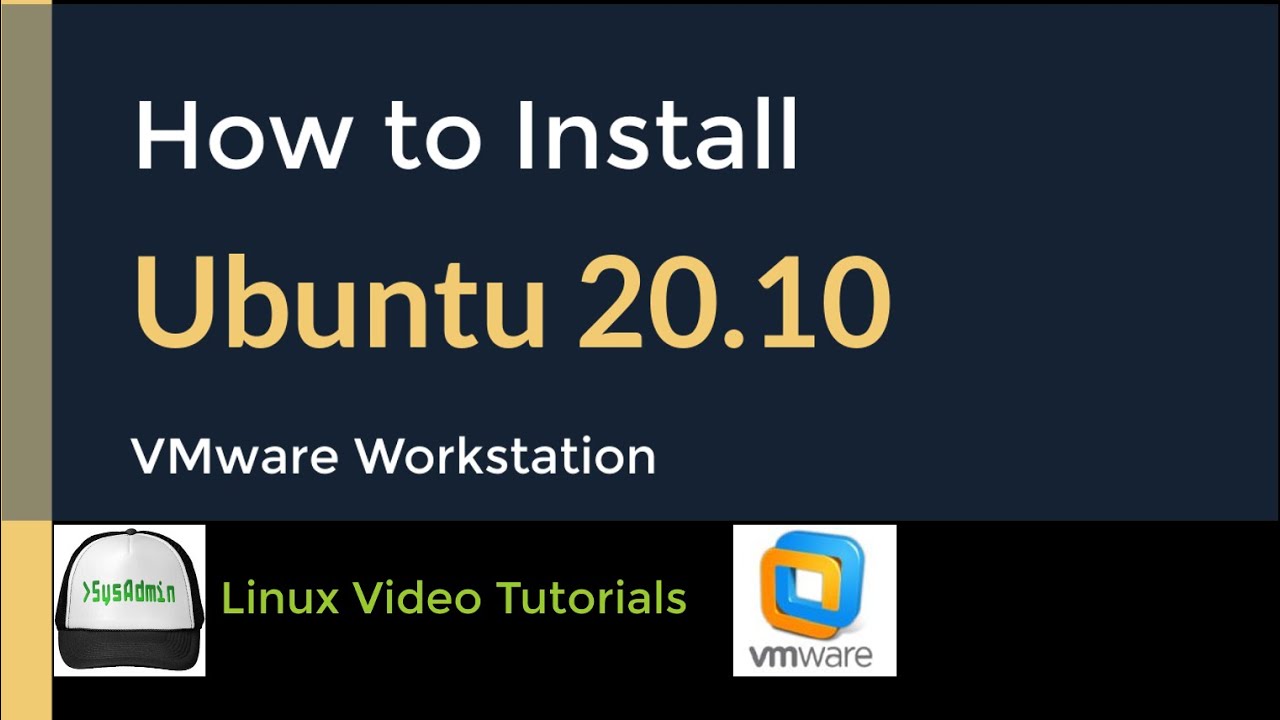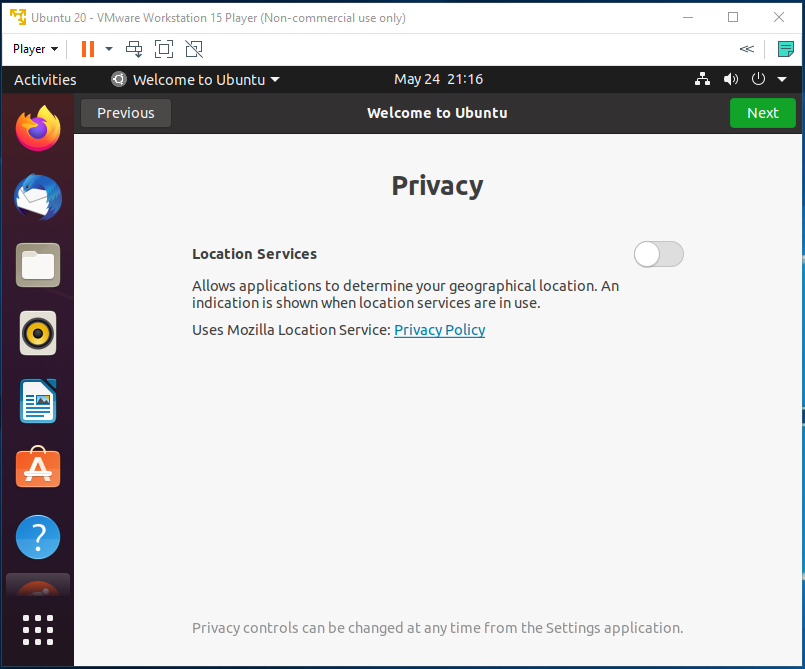

- #Ubuntu vmware player how to#
- #Ubuntu vmware player install#
- #Ubuntu vmware player software#
- #Ubuntu vmware player free#
More information can be found in the vmware.log file.įailed to connect virtual device 'Ethernet0'. NAT option gives me popup 'Could not connect 'Ethernet0' to virtual network '/dev/vmnet8'. Plain installation of downloaded 16.1.0 package didn't work - no Internet in guest OS.īuild essentials are installed, sudo vmware-modconfig -console -install-all does compile all, then fails to start Virtual ethernet. VM communication interface socket family doneįeb 05 12:05:48 VNLFileExists - Cannot check for file or directory: /etc/vmware/networking, error: No such file or directoryįeb 05 12:05:48 VNLNetCfgLoad - Import file does not existįeb 05 12:05:48 VNL_Load - Error loading the vnet configuration, file used: /etc/vmware/networkingįeb 05 12:05:48 VNLNetCfgUnload - Requested cache is not loadedįeb 5 12:05:48 alpha kernel: /dev/vmmon: Module vmmon: unloadedįeb 5 12:05:48 alpha kernel: /dev/vmmon: Module vmmon: registered as misc device vmmonįeb 5 12:05:48 alpha kernel: /dev/vmmon: Using tsc_khz as TSC frequency: 3493437įeb 5 12:05:48 alpha kernel: /dev/vmmon: Module vmmon: initializedįeb 5 12:05:48 alpha VMware: /usr/sbin/vmware-authdlauncher: error while loading shared libraries: libssl.so.1.0.2: cannot open shared object file: No such file or directoryĪll I'm trying to achieve is to have VMplayer working under 20.10 Virtual machine communication interface done I think it's a simple as a broken build as it just cannot load all depended libs as shown below. I see no vm* adapters when I run ifconfig. At the time of writing this article, VMWare player 16 is the latest version.Unfortunately it's not helping because I think the issue is more fundamental - no virtual adapters at all as vmnet service fails to start.
#Ubuntu vmware player install#
Step 1: Download and install VMWare Player If you prefer videos, you can watch the one below from our YouTube channel. I am installing Ubuntu 22.04 in this tutorial, but the same steps apply to any other Linux distribution.
#Ubuntu vmware player free#
A 25GB+ Free space is good for installing the latest version of Ubuntu.
#Ubuntu vmware player software#
Good internet connection to download software and Linux ISO.Ubuntu GNOME requires 4 GB of RAM to function properly, your system should have 8 GB to allocate 4 GB to the guest OS (Ubuntu) and keep 4 GB for the host OS (Windows). The virtual machines use your host OS’s system resources. I’ll use this terminology in the tutorial here. Your actual operating system is called host OS and the operating system you install in the virtual machine is called guest OS. Installing Linux inside Windows using VMWare

#Ubuntu vmware player how to#
In this tutorial, I will show how to install Ubuntu inside Windows using VMWare. You don’t have to make actual changes to the disk partition, no changes in the boot and Linux runs like any other application inside Windows. VMWare and similar virtualization software can be of great help. You may have to use Linux as part of the course curriculum, for some development tools (like Docker) or just for experimenting with Linux desktop before making the switch.

And for a relatively better desktop experience, a VM is better. WSL and WSL2 might be easier but not everyone has access to them. Virtualization is a good way to try Linux from the comfort of Windows. This article covers a step-by-step guide on installing Ubuntu inside VMWare in Windows. Brief: Software like VMWare gives an easy option to try and use Linux inside Windows.


 0 kommentar(er)
0 kommentar(er)
